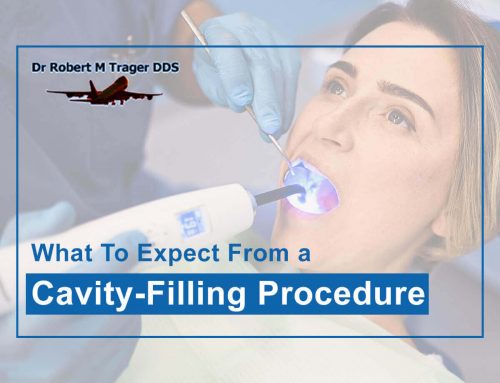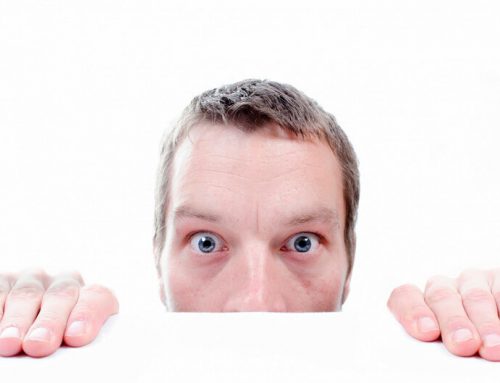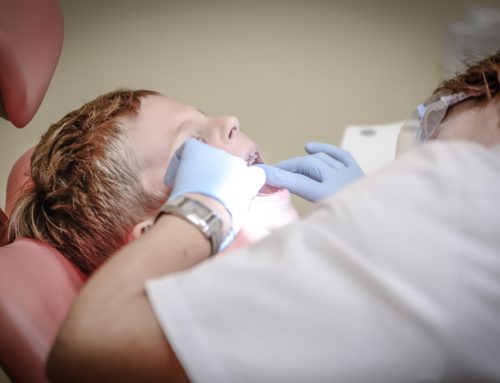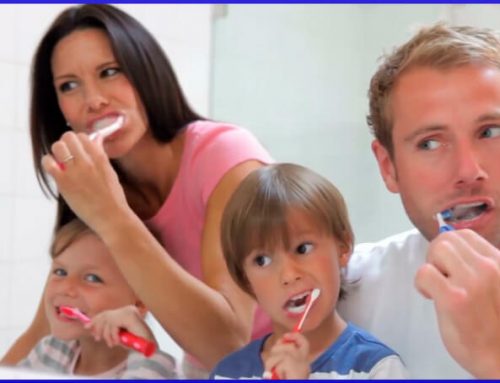
The same can be said of the dental field. There have been a lot of innovations over the past half-decade – and both patients and dentists have benefited.
Here are some ways that going to the dentist has changed over the course of five years:
3-D Printing
Dentists have used CEREC technology since the 1980/s and the technology has significantly reduced waiting time by a good amount. There’s something new that has made things even easier and saved even more time: 3-D printing.
The process became even more streamlined – the dentist scans the patient’s mouth and then, using the 3-D printer, they can print working braces, crowns, and implants, just to name a few. The mouth-scanning software makes for much more precise outcome and will likely not need as much refining.
Dentists love having this option for their offices. Many of them have brought this piece of technology to their practices over the last five years and it will become as standard as a traditional printer as time goes on.
Digital X-rays
This was one of the once-yearly rituals that many patients hated. They’d sit in the dentist’s chair and the hygienist would put a lead apron over them, put some often uncomfortable bite plates and then leave the room for what seemed like forever while the X-rays were taken.
For the longest time, the way X-rays were done was for the hygienist or dentist to drape a lead apron over the patient and have them bite down on plates that were situated at really awkward angles. There would be a wait while the X-rays developed and then the dentist would look at them on a light screen.
That’s all becoming a thing of the past. There are digital X-rays that can be taken with a fraction of an already-small radiation dosage. The images are in much higher-definition and can be enlarged and also enhanced by the dentist to zero in on a particular area of a particular tooth. Errors can be fixed without the need for another X-ray.
Another bonus is that the office becomes even more environmentally friendly since there is not a need for special chemicals to develop the X-rays.
Cavity Detection by Laser
This is another familiar ritual for patients – having to open wide while a dentist pokes each tooth with a sharp instrument. Should it stick on a particular tooth, that means the enamel has worn down and decay has begun. Now there is something better that can be used- a laser.
The laser ideally should not be used as a stand-alone in place of a visual exam by a dentist. There are a couple of ways that it can be used – one does it via fluorescence and another does a reading, with a higher number signaling more decay. Both can be considered too sensitive and could flag areas where the decay could calcify and go away.
While this is a great advancement, dentists still need to use their eyes, too. Lasers can’t work on teeth that already have fillings and there are some areas of the mouth that it can’t reach. Technology will fix those shortcomings sooner than later
Lasers can also play a part in other areas of dentistry – such as reshaping gums when gum surgery is being done, partially laser out cavities and lesions and even whiten teeth. It can greatly reduce the need for anesthesia and sutures.
It’s amazing what is happening now in the dental field – and this is far from the end of advancements. The dental field will define these while coming up with new things in the future – some of which would be difficult for people to even imagine today.
There are people who have lived through this arc of dental technology – going from basically brushing with a stick and dental paste to electric toothbrushes and specialty toothpastes. If this technology was a rocket, its trajectory would be on a straight line… up.
Dr. Robert M Trager has seen a lot of advancements over the course of his career. He would be glad to discuss them with patients at their next appointment. Call him at 718-656-4747.
Published By:
Dr. Robert M. Trager
JFK Airport
Building 14 West Wing,
Jamaica, NY 11430
Phone: 718-656-4747
Website: https://jfk-lga-dentist.com





